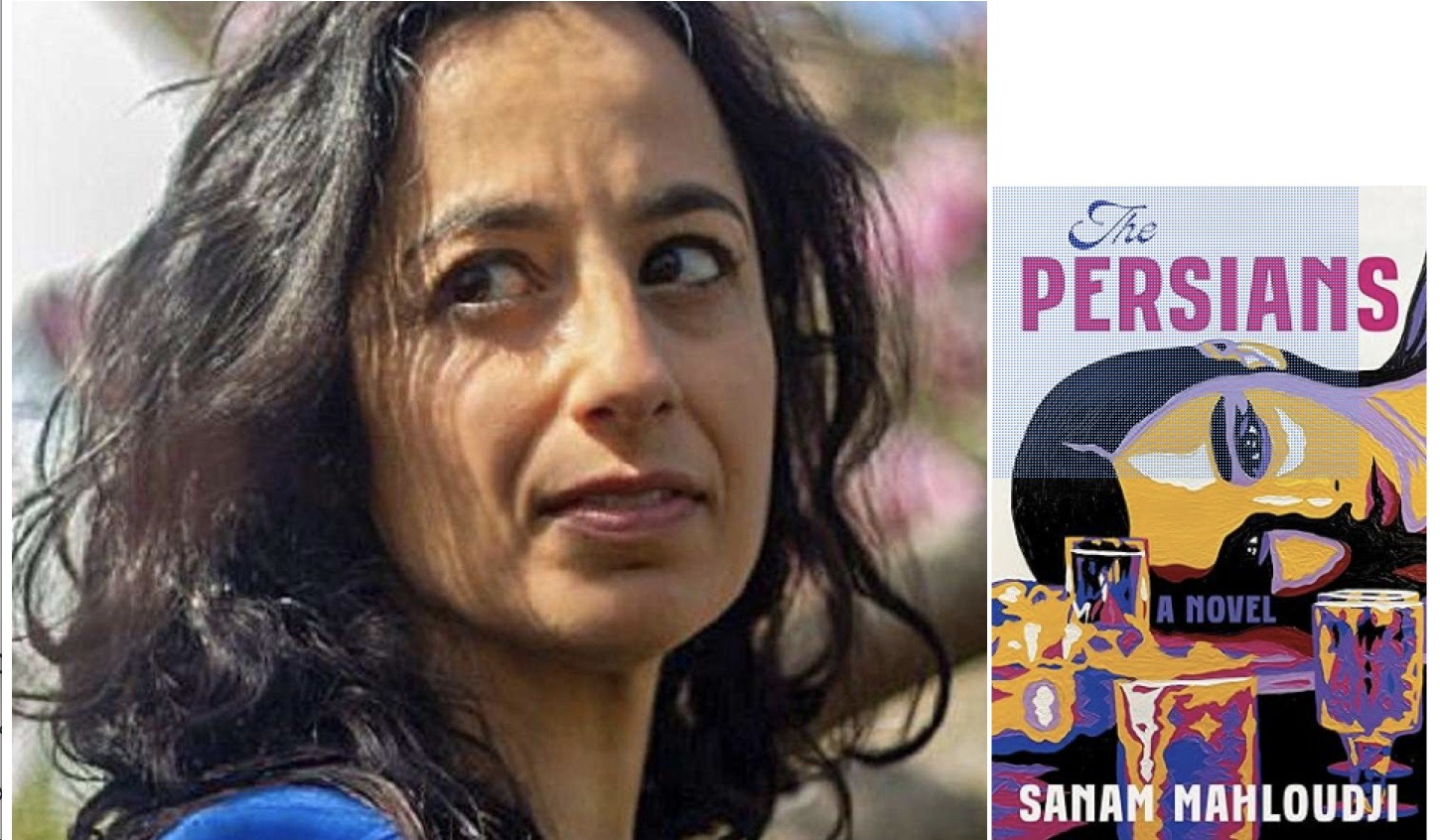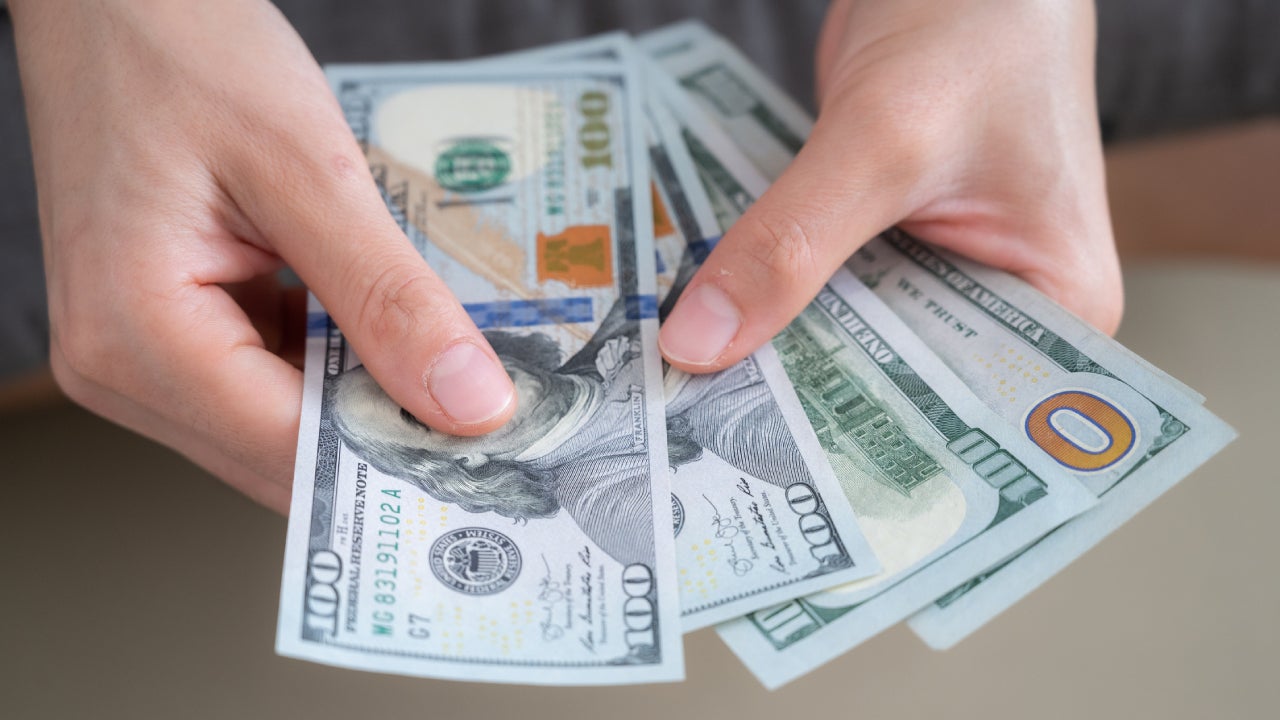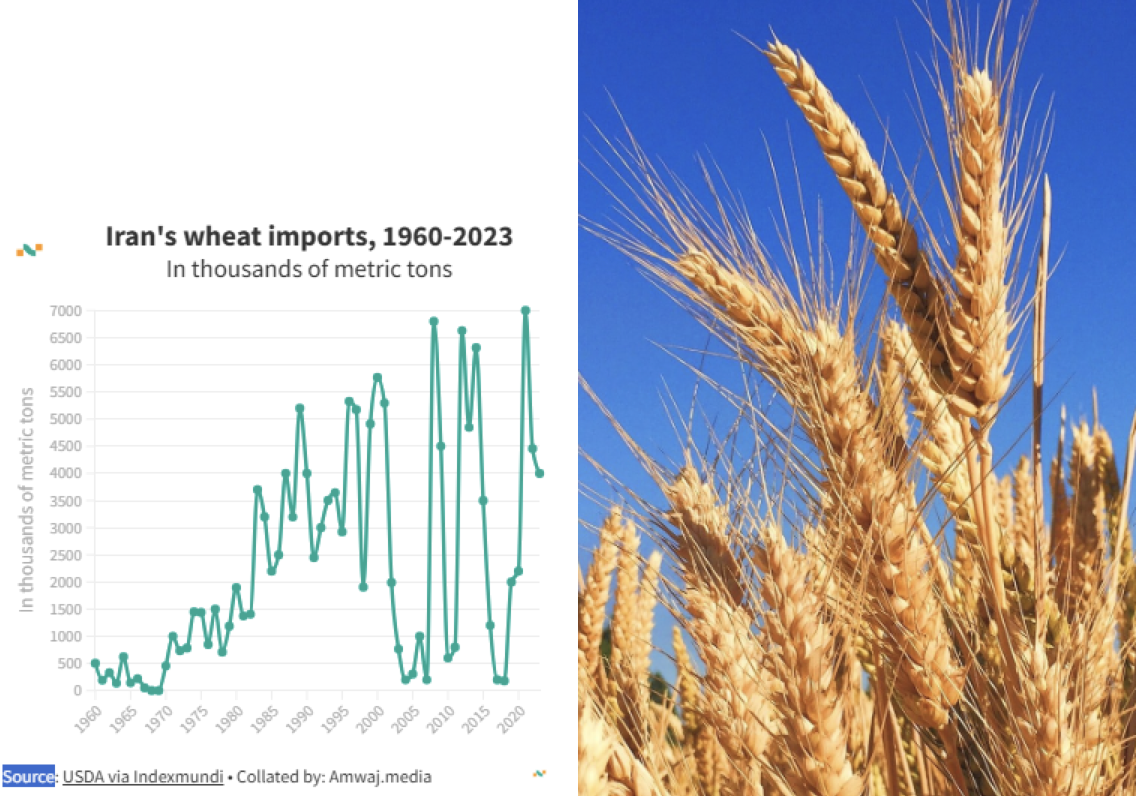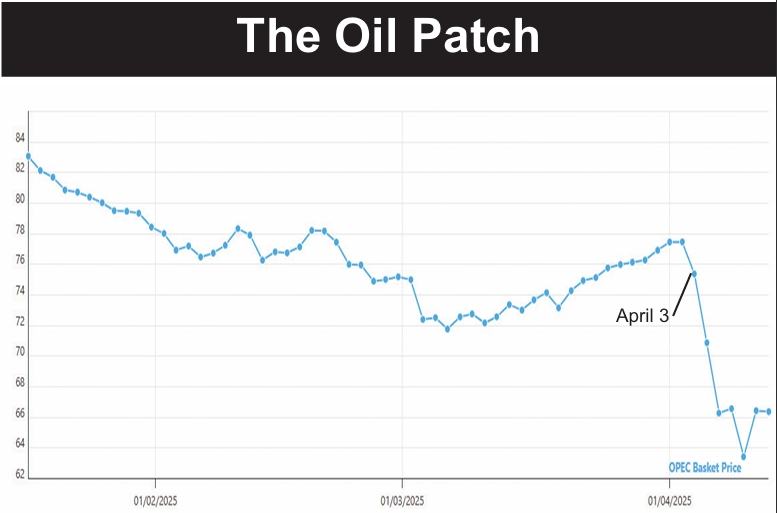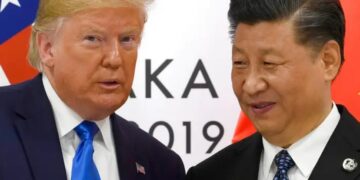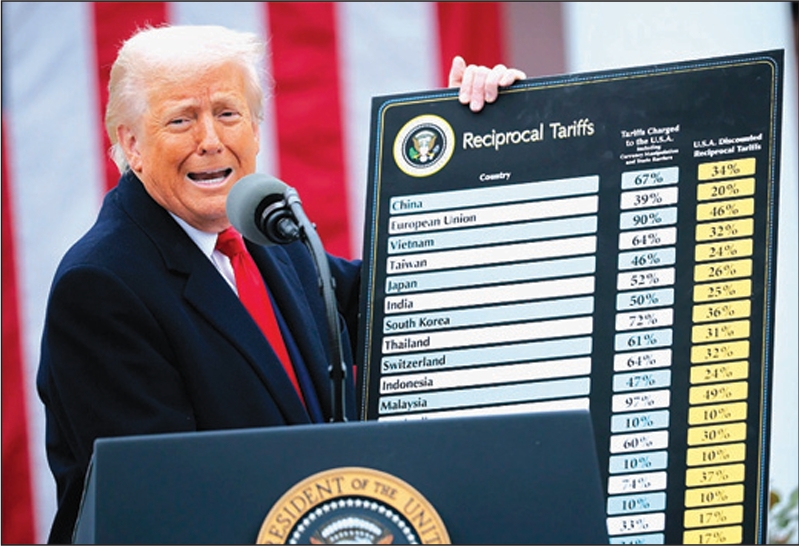The state has ordered money changers to ignore the law of supply and demand and to sell dollars for the price the state tells them to use.
The Majlis on Sunday also passed new legislation forbidding street vendors from selling foreign currency. Only licensed money changers are now permitted to sell foreign currency.
The regime resorted to coercion after it took 18,000 rials to buy a single dollar on the open market last Monday.
The result has been economic chaos.
One steel trader told The Washington Post, “Prices are changing by the hour. The banks are refusing to pay letters of credit at the official dollar rate. It’s a zoo out there.
Access to websites that posted exchange rates was “filtered” or blocked starting on Tuesday. Licensed exchanges were then visited by the police and ordered to post a price of 14,000 rials on the boards outside their shops.
The effect was not to make dollars available at lower rates, however. Some exchanges just closed their doors. Others told shoppers they didn’t have any dollars available for sale. And others just ignored the order. Even the state news agency said the open market price was 15,600 rials while the authorities were trying to force a price of 14,000.
Central Bank officials said they were pumping more dollars into the market to drive the price down. But many exchanges questioned that. Some merchants thought that was just a lie—or that at least any sums being added to the market were insufficient to meet demand.
The price of the dollar has not reached 18,000 rials again as it did January 2. But after receding a bit, it is rising again in defiance of the regime.
The website mesghal.com, probably the one most often consulted for the open market rate, posted a dollar price of 15,850 rials last Saturday, then 16,400 on Sunday, 16,750 on Monday and 16,700 on Tuesday. The website khabaronline said the price was up to 17,200 as of Tuesday afternoon.
This latest price is about 5,500 rials or almost 50 percent higher than the official price posted by the Central Bank. The open market price is normally higher than the official price—but not by anywhere near that much.
The Central Bank is raising the price of the dollar each day, but will not concede the stark failure of the rial as seen on the open market. The Central Bank sold dollars for 10,865 rials on December 7, the day before the precipitous fall of the rial began. On January 10, the Central Bank price for the dollar was 11,240 rials, a decline in rial value of just 3.3 percent.
What’s more, it is offering fewer dollars at the official rate, feeding the fear that Iran no longer has the dollars it needs. An official announcement last week said Iranians traveling abroad, who have been allowed to buy $2,000 from the banks at the official rate, will now be allowed to buy only $1,000.
On the open market, the dollar sold for 12,000 rials in early December. The fall to 18,000 rials before the coercion set in represented a loss of 50 percent for the value of the rial.
The daily Sharq said the government was blocking all text messages that contained the words “dollar” or “arz” (currency). However, the mobile telephone companies called Sharq and said that was false.
Asadollah Asgaroladi, a prominent conservative, said the plummeting dollar means “we will have famine in the country in six more months.” He said the weak rial had probably pushed the rate of inflation to 40 percent this month, double the last reported rate.
There is no shortage of theories for the precipitous fall in value. Many blame the new American sanctions signed into law by President Obama on New Year’s Eve. The government is most intent on trying to refute that. It points out, correctly, that the sanctions haven’t taken effect yet and won’t for months.
Central Bank Governor Mahmud Bahmani said last Tuesday, “I declare absolutely that the international sanctions have not created any economic problems for the country. The enemies know that and are trying to create psychological tensions. But we won’t play their game.” The logic of that statement was difficult to follow.
Pedram Soltani, the deputy chief of the Chamber of Commerce, Industry and Mines, would have none of that denial. “This level of sanctions is gradually effecting foreign and domestic investment, currency exchange and trade levels. And, in the long run, it will wear away the national economy,” he said bluntly.
Prices are in part set by psychology, and the signing of the sanctions law may have had such an impact. But there is much more than sanctions working on the psychology. There is a widespread feeling, even among regime supporters, that the government doesn’t have a coherent economic policy. More and more people are concluding that the government’s policy of unending confrontation with the West has simply unified most of the rest of the world against Iran, which could spell doom for the rial.
Beyond psychology, the Ahmadi-nejad Administration, pursuing its populist policies, has forced interest rates down well below the inflation rate; banks are paying 14 percent to 17 percent for deposits while the last published official inflation rate was just a hair under 20 percent. That leads the public to take their money out of banks and look for other places to store it.
Real estate prices have soared 20 to 25 percent in the past month suggesting that many people are buying property as a better haven for their savings. Others go to gold and foreign currencies. The fact that the dollar is the most popular repository also shows that much of the public does not believe the regime, which has been calling the dollar worthless and a dead currency in recent years.
It isn’t known what supply of dollars the Central Bank has access to. But it is known that the inflow has dropped because of US banking restrictions. China, Japan and South Korea no longer pay the Central Bank for their crude oil purchases. Instead, oil buyers make payments in local currencies to local banks. Iranian importers of other goods then pay the Central Bank in rials and the Central Bank authorities payments from those Chinese, South Korean and Japanese bank accounts. This ad hoc payment system works, but it leaves the Central Bank with far fewer dollars than it once had.
The Central Bank prices 25 foreign currencies each day. In the month over which it has boosted the dollar price by 3.3 percent, most other currencies have been raised less. The currency with the largest increase over the past month has been the Belarussian ruble, up 4.4 percent, not a sign likely to bring confidence to the Central Bank’s pricing mechanism.







